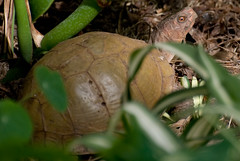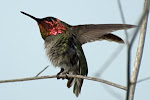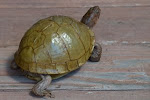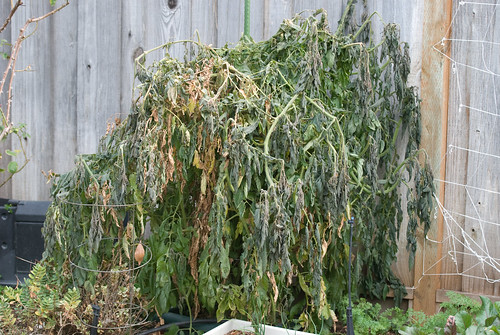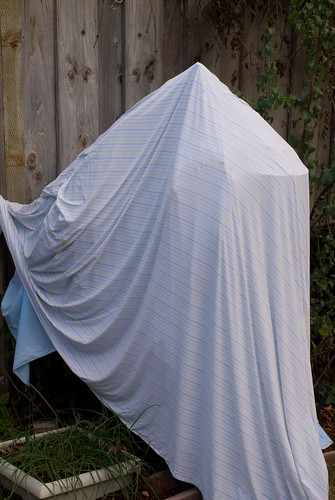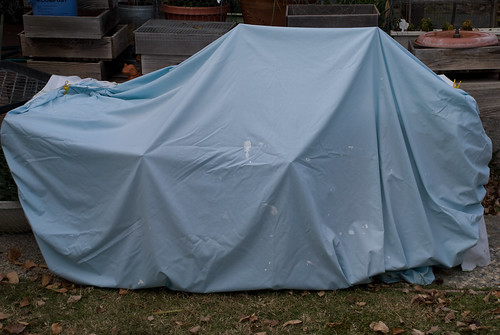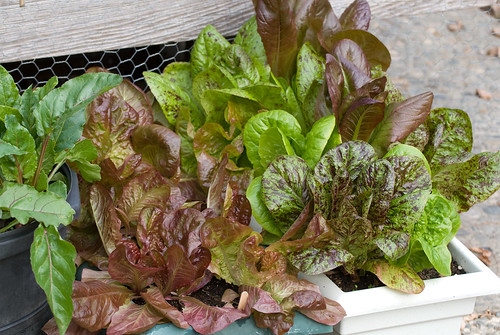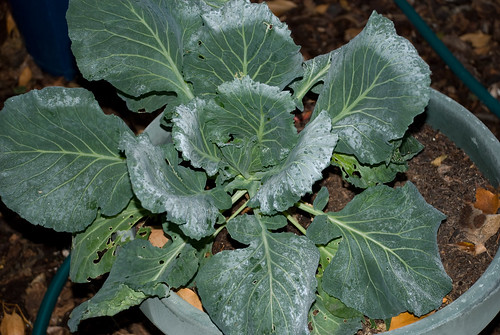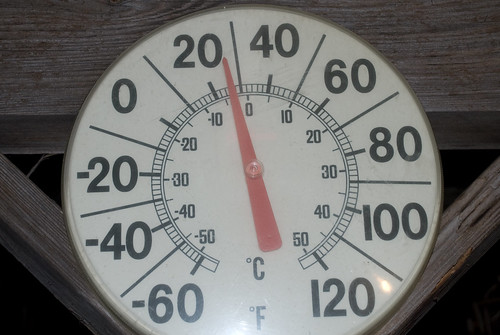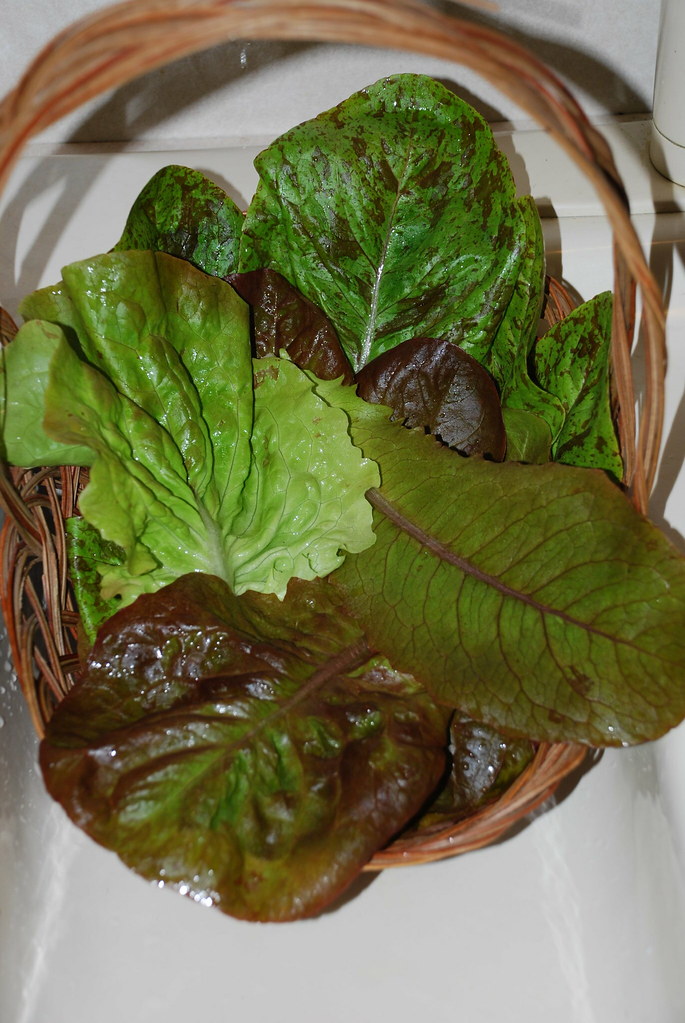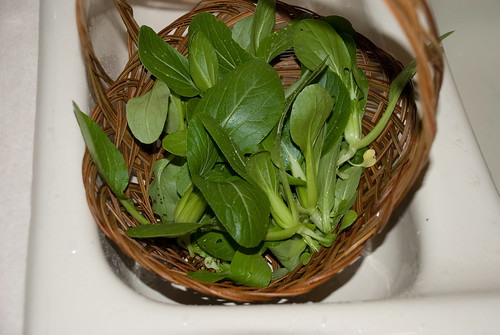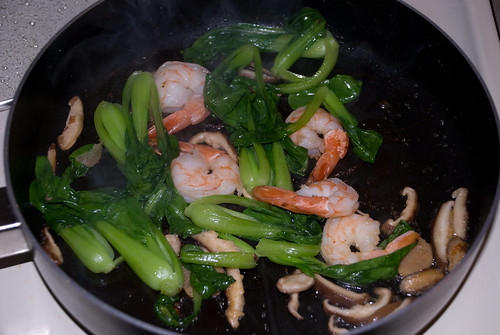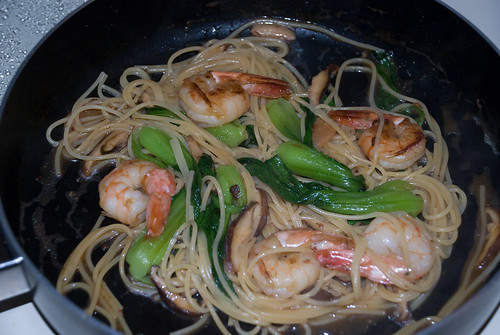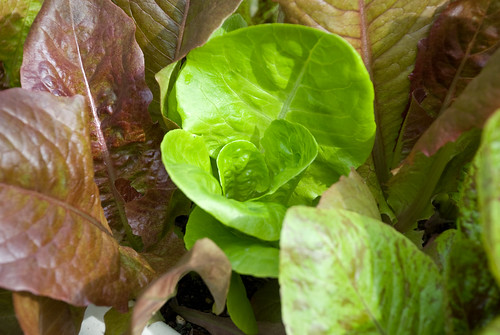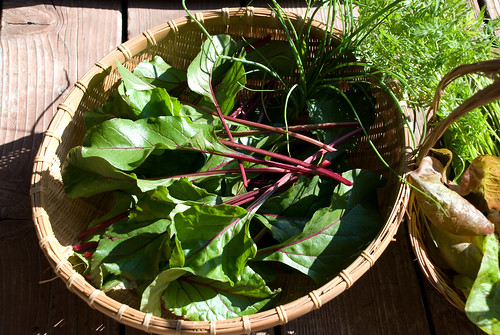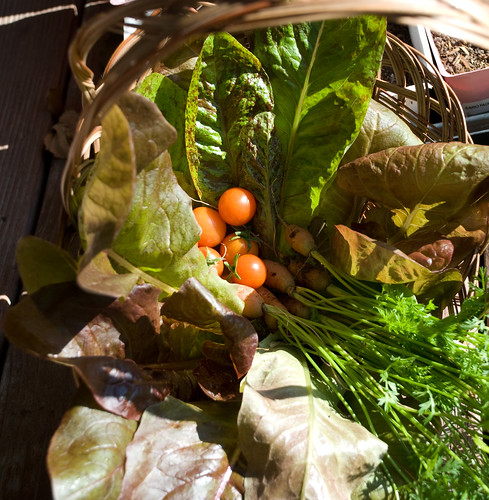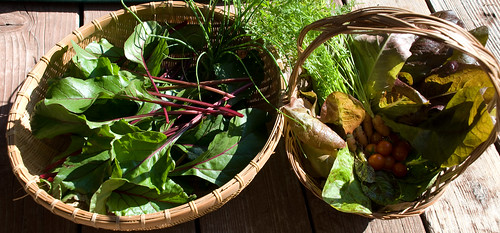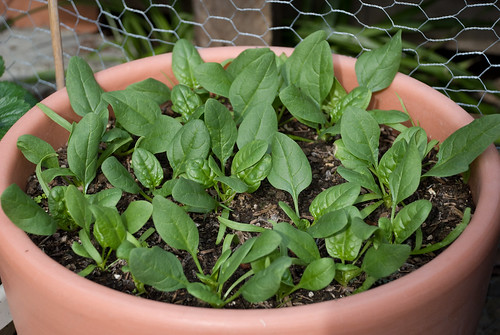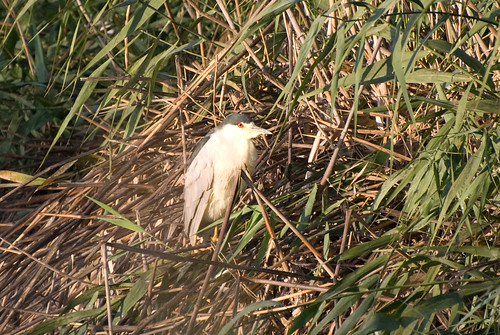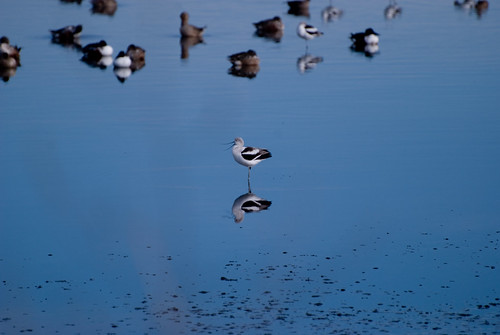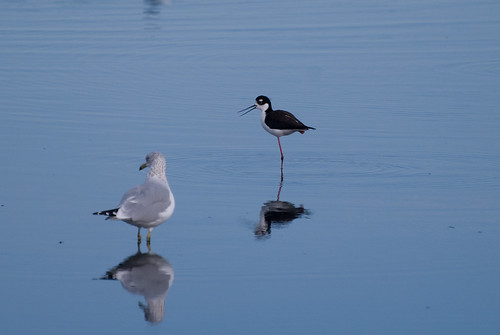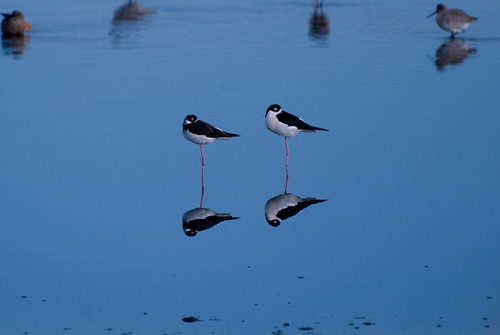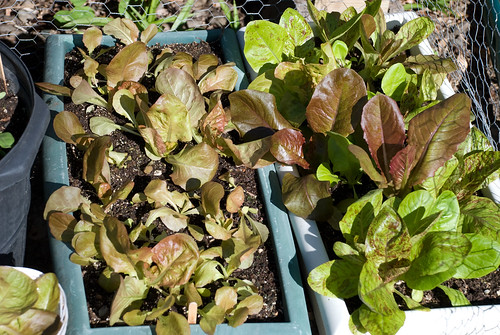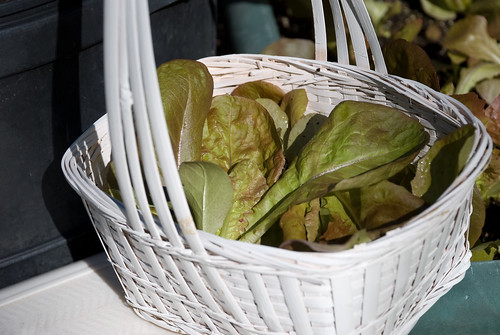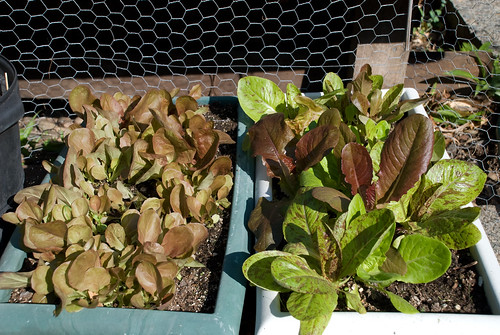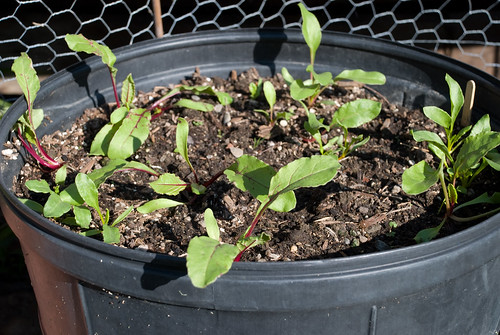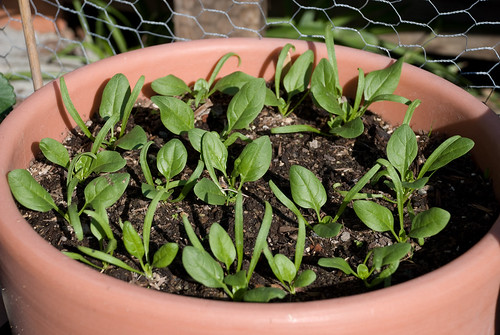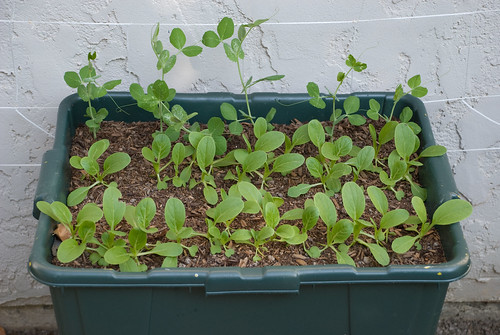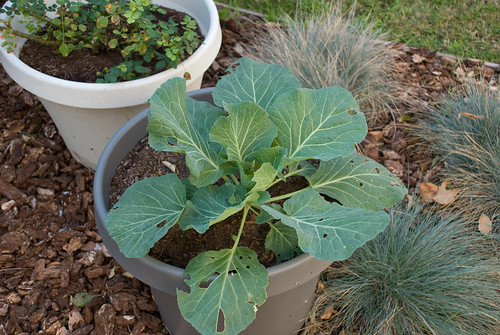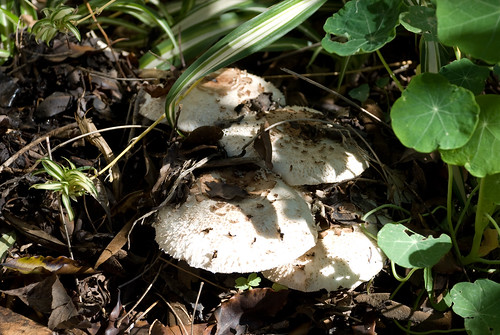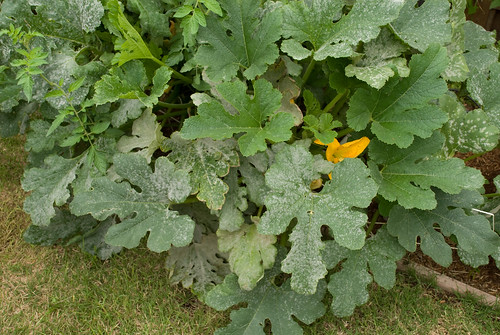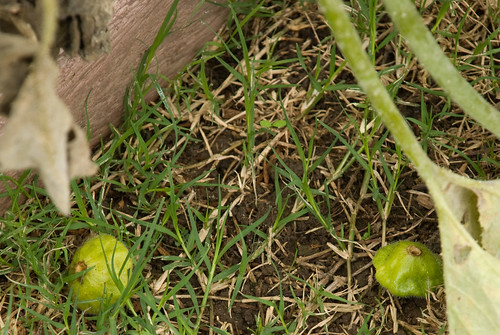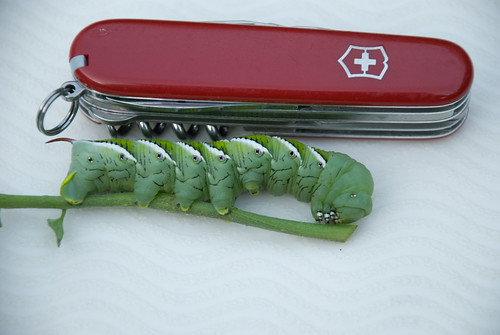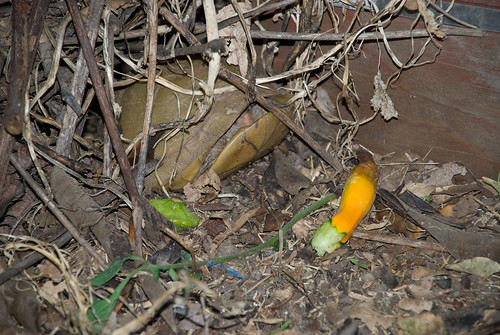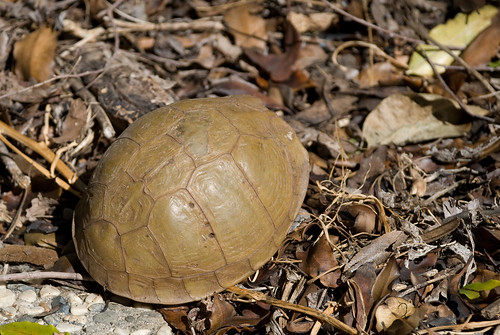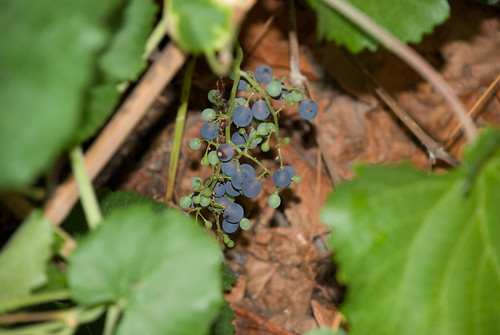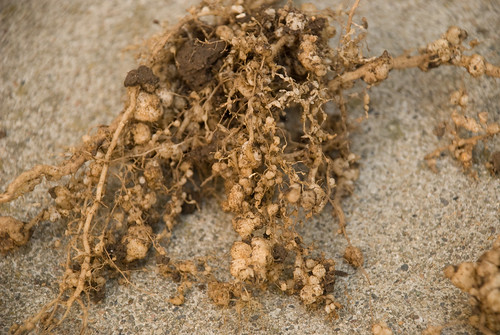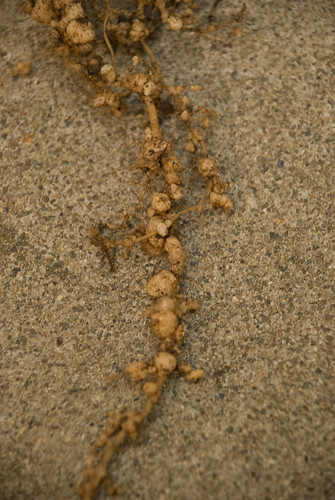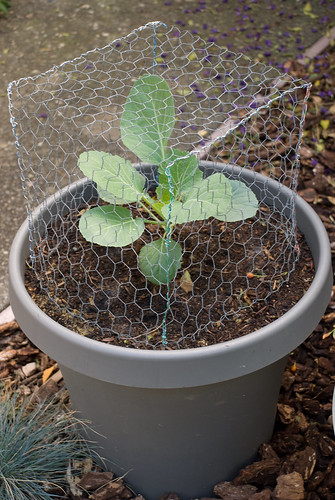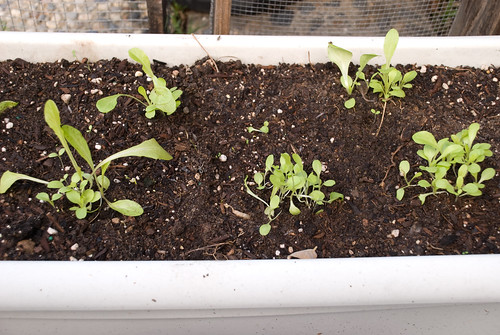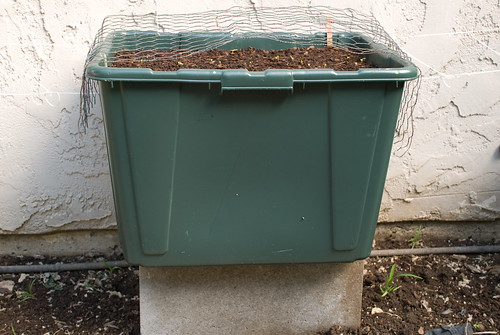Things that transport us back to our youth sometimes pop up in the strangest places.
One of my Facebook Friends is in Minnesota with the blizzards this week. Other friends have suggested that he bring back some snow seeing as how we have none here in Silicon Valley. He packed a jar full of snow and is planning to bring it back in his checked luggage. It should be "amusing" getting it through security what with not one, but two flight security "issues" happening on two consecutive days this week in Detroit.
And that's what triggered the memory of the summer I spent in and around Springfield, MO, with my Grandma and her new husband when I was thirteen.
Grandma had moved to Missouri some years earlier to care for her elderly and failing parents, then stayed on to live there. One day her sister and brother-in-law who also lived in Springfield took Grandma with them out to a farm to pick up some bales of hay (I think) for the brother-in-law's small farm. And that's where Grandma met her new beau. It was his parent's farm.
Some time later, they married. It was early January and bitter-cold in the heartlands. And I went to my Grandma's wedding! That summer, Grandma and her new hubby invited me and my younger brother to come and visit them for most of the summer.
That was one amazing summer!
I learned how to milk a cow. I drew up water, pulling a rope hand-over-hand, because the well at the farm had no pump. I counted and fed sheep daily. I helped mow, turn, bail, stack, and store alfalfa. I picked wild raspberries, blackberries, and gooseberries. I got chiggers and ticks (and learned to spray the chiggers with AquaNet and how to carefully remove the ticks). I caught and rode the paint pony (much to my new Grandpa's chagrin) that had been running wild on the place since before I was born. I cooked on an old iron wood-fired stove. I saw the inside of a dairy where we sold the milk. And I learned how to drive on a 1946 Ford tractor.
When it came time to head for home, Grandma sprang a couple of extra boxes on us. These were boxes of the size one packs books in for moving. It turns out that Grandma and new Grandpa packed quart after quart of those berries we all picked into freezer boxes and put them into her deep freeze. Grandpa went out the day before we left and got a bunch of dry ice and put boxes of frozen berries and dry ice into these book boxes.
You know what dry ice does? It "sublimes" into cold, gaseous carbon dioxide. It gives off a fog. So, off to the airport we go with two "smoking" book boxes! In those days, nobody thought anything of it. These days? Well, Homeland Security would have been all over us.
He went that-a-way!
3 years ago
